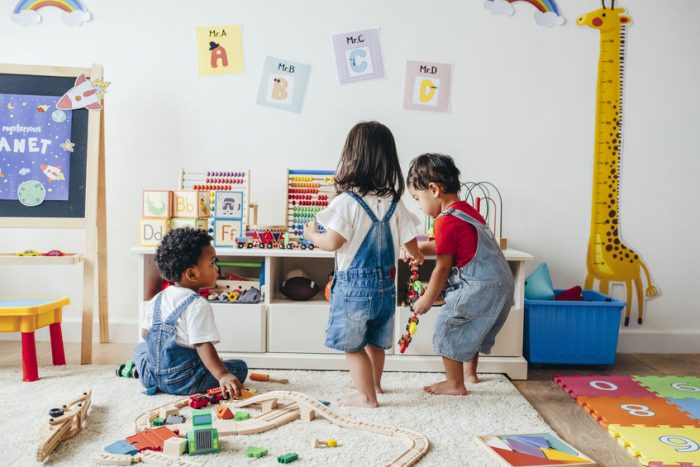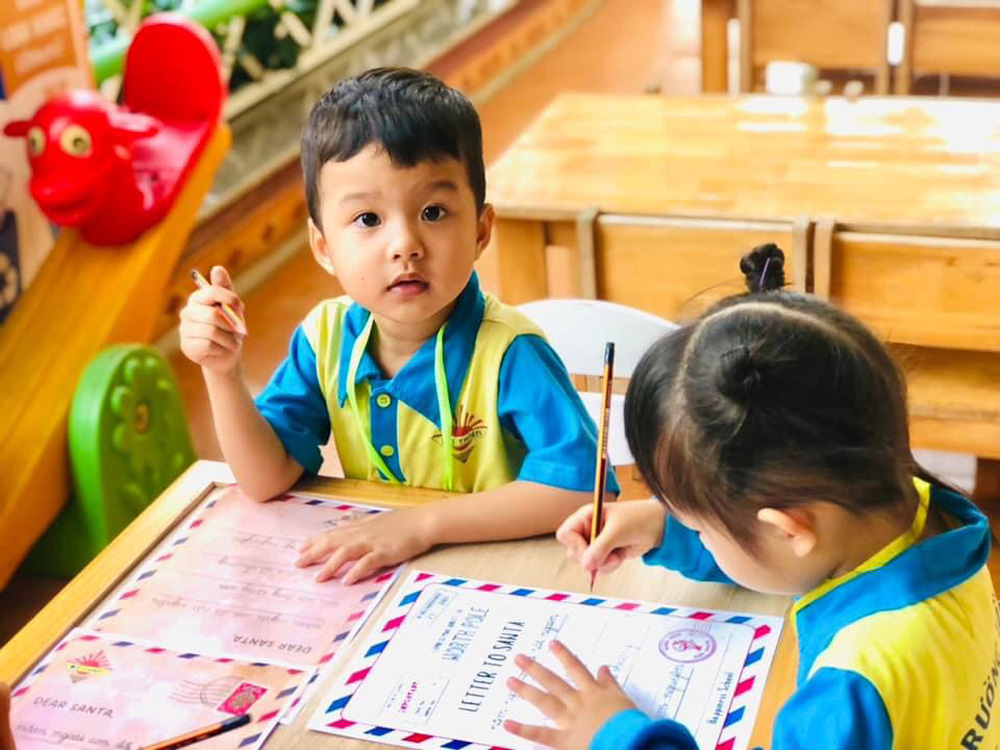As more parents embrace the idea of education at home, many are turning to the Montessori method for guidance. Montessori emphasizes self-directed learning, which makes it an ideal approach for those looking to support their child’s growth in a home environment. By combining child-led activities with structured home education resources, you can create a nurturing space for development.
Setting Up Montessori Education at Home:
Creating an environment that fosters education at home starts with a well-organized and child-friendly space. Montessori education relies on easily accessible learning materials and activities that encourage independence. Some essential tips include:

- Organize learning materials on low shelves
- Provide hands-on activities, like puzzles and sensory games
- Allow children to choose their tasks based on interest
By setting up your home in this way, you give your child the freedom to explore their interests, which is central to Montessori philosophy.
1. Essential Home Education Resources for Parents:
Parents looking to adopt Montessori methods need access to quality home education resources. Many websites and books provide tools and guides to help you implement Montessori learning in your daily routine. For creative learning, incorporating an art project into your child’s routine is a great way to encourage expression and fine motor skills development. Here are some top resources for Montessori and art-based learning:
- Montessori Print Shop: Affordable printable activities and materials
- The Montessori Notebook: Expert advice for parents on setting up a home environment
- Simple Montessori Ideas: DIY learning tools, including art project ideas
These resources help parents create a balanced, creative, and engaging home education system.
2. Incorporating Montessori into Daily Life:
While structured learning is important, Montessori also encourages integrating education into everyday activities. This helps children develop essential life skills while learning. Simple tasks like preparing snacks, folding clothes, or gardening are excellent opportunities for practical learning in home education. For instance:
- Allow children to help with daily chores
- Encourage creativity through art and free play
- Practice fine motor skills with kitchen tasks like mixing or peeling
Using Montessori methods, education becomes a part of your child’s day-to-day life, making learning more natural and enjoyable.
3. Benefits of Montessori-Based Education at Home:
There are numerous benefits to adopting a Montessori education at home, including:
- Building independence and responsibility
- Encouraging critical thinking and problem-solving
- Personalizing learning based on your child’s pace
Parents who implement Montessori methods often find that their children become more engaged and curious learners, as they have the freedom to explore their interests.
Preschool Education at Home:
Providing preschool education at home is an excellent way to foster early childhood development. It allows parents to tailor learning to their child’s pace and interests while creating a positive learning environment. With a few simple resources and activities, parents can effectively support their child’s growth and set the foundation for lifelong learning.

4. Why Choose Preschool Education at Home?
Preschool education at home offers flexibility and a personalized approach to early learning. It allows parents to focus on their child’s unique needs and learning style, encouraging curiosity and exploration. Key benefits of home-based preschool include:
- Flexible learning schedules
- Individualized attention
- More opportunities for hands-on learning
By guiding your child’s learning at home, you can ensure a smooth transition to formal schooling.
5. Setting Up a Preschool Learning Space:
Creating a dedicated space for preschool education at home is essential for maintaining focus and organization. A well-organized, child-friendly area encourages independence and creativity. Some key elements to consider include:

- Low shelves with easy-to-reach learning materials
- Interactive and sensory-based toys
- A cozy reading corner with age-appropriate books
This learning space helps children feel in control of their environment, allowing them to explore and learn naturally.
6. Engaging Preschool Activities at Home:
When providing preschool education at home, it’s important to include a variety of engaging activities that target different areas of development. Here are some activity ideas:
- Literacy: Read aloud daily and introduce letter recognition games.
- Math: Use everyday objects for counting and sorting activities.
- Fine motor skills: Encourage crafts like cutting, coloring, and beading.
- Sensory play: Offer activities like water play, sandboxes, or sensory bins.
These simple activities help preschoolers build the skills needed for future academic success.
7. Home Education Resources for Preschool:
There are numerous resources available to support preschool education at home. These tools offer structured learning and activity ideas for parents who want to enrich their child’s education:
- Starfall: An interactive site with free reading and math games.
- PBS Kids: Educational games and videos that introduce preschool concepts.
- Busy Toddler: A blog full of DIY learning activities like weather stations for young children.
These resources make home-based learning enjoyable and effective for both parents and children.
Conclusion:
Implementing education at home with Montessori principles can be a rewarding journey for both parents and children. By creating a structured yet flexible learning environment, you’ll foster independence and a love for learning that will benefit your child for years to come. Explore these resources and tips to get started on your home education path today.
FAQS:
How can I start learning at home?
Start by creating a dedicated study space, setting a consistent schedule, and using online resources or educational materials to guide your learning. Set goals and break lessons into manageable sections to stay motivated and on track.
What is the meaning of home teaching?
Home teaching, or homeschooling, refers to the practice of educating children at home instead of sending them to a traditional public or private school. Parents or tutors provide instruction based on the child’s needs and learning pace.
What is the biggest disadvantage of homeschooling?
The biggest disadvantage of homeschooling is the lack of social interaction with peers, which may limit a child’s development of social skills and experiences typically from a traditional school setting.
What is the meaning of homeschooled?
Homeschooled refers to children who receive their education at home, typically taught by their parents or guardians, rather than attending a formal school. It allows for a personalized and flexible learning experience.
External Resources:

Empowering parents to raise happy, confident kids. Get practical parenting tips and advice on our blog, Smart Parent Guides.
